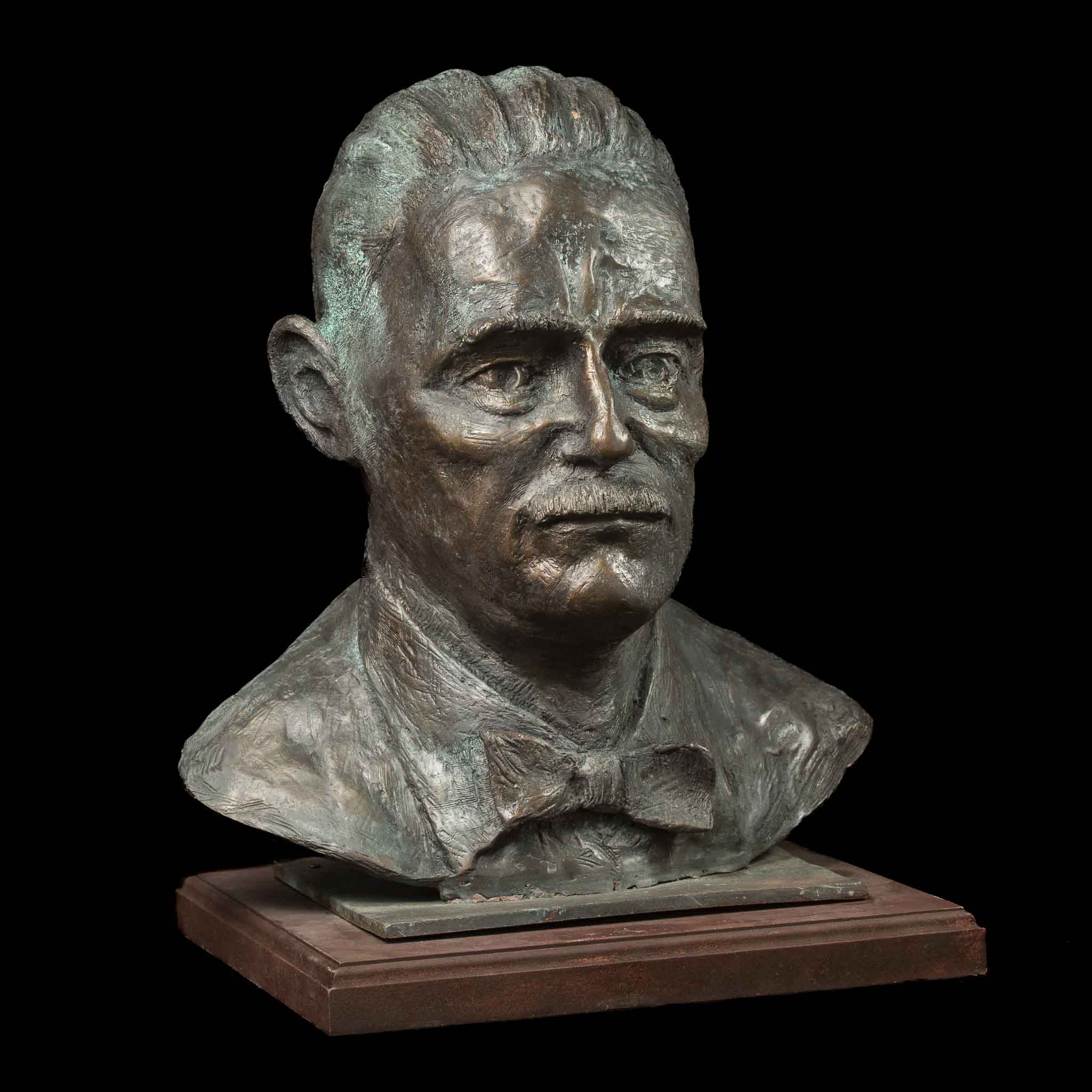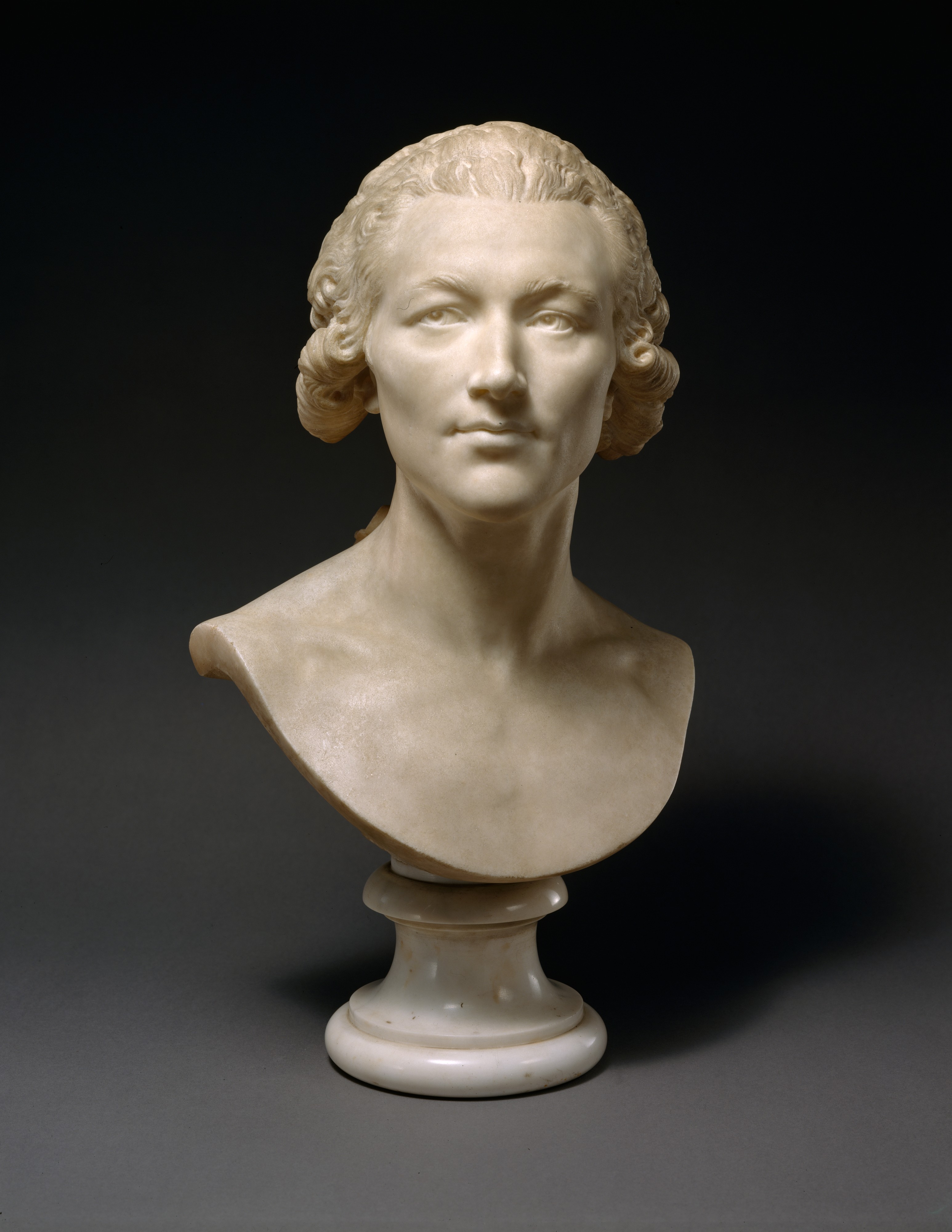Artistic Evolution: From Classic to Modern with Bronze Sculptures
Wiki Article
Sculpting the Human Form: Portrayals of the Body in Sculpture
Forming the Human Type: Representations of the Body in Sculpture is a comprehensive exploration of the creative depiction of the human body throughout history. From the splendid marble sculptures of old Greece to the intricate masterpieces of the Renaissance, from the flamboyant and elaborate Baroque and Rococo sculptures to the progressive and abstract expressions of modern-day and modern sculpture, this exhibition provides an exciting trip via the evolution of this timeless art form.Ancient Greek Sculptures
One of the specifying features of Ancient Greek sculptures is their emphasis on balance. Each component of the body is carefully crafted to be symmetrical to the whole, creating a sense of equilibrium and harmony. The sculptors paid cautious interest to every information, from the positioning of muscular tissues to the positioning of arm or legs, making sure that each number appeared both effective and graceful.
Instead than showing the flaws and flaws of the human type, they sought to produce an idealized version of fact. The sculptures frequently portrayed professional athletes, goddesses, and gods, with their bodies formed to excellence.
Renaissance Masterpieces
Continuing the exploration of the representation of the human form in sculpture, Renaissance work of arts further fine-tune the idealized concept of charm, structure upon the balanced and harmonious percentages of their Old Greek precursors. Throughout the Renaissance duration, which spanned from the 14th to the 17th century in Europe, artists sought to revive the classical suitables of old Greece and Rome. They studied and imitated the works of the ancient masters, making every effort for a sensible depiction of the body.
His work of art, the sculpture of David, exhibits the perfection and poise that came to be associated with Renaissance art. Standing at over 17 feet tall, the sculpture portrays the scriptural hero in a state of calmness prior to his fight with Goliath.
One more remarkable Renaissance artist was Donatello. His sculpture of Saint George, created in the very early 15th century, showcases the artist's capability to share stamina and nobility through the human type. The statue portrays the fabulous dragon-slaying saint in a poised and certain position, emanating a sense of heroism.
Renaissance masterpieces not just commemorated the physical beauty of the body but additionally communicated deeper feelings and significances. Through their thorough attention to detail and experienced workmanship, Renaissance carvers elevated the art of sculpture to brand-new elevations, leaving an enduring legacy that remains to inspire musicians to now.
Rococo and baroque Sculpture
Baroque and Rococo sculpture exhibits the ornate and elegant portrayal of the human type throughout the 17th and 18th centuries. Characterized by its significant and dynamic design, Baroque sculpture intended to astound audiences via its grandeur and emotional strength. Artists such as Gian Lorenzo Bernini and Alessandro Algardi produced sculptures that shared movement, typically illustrating numbers in remarkable poses. Making use of light and shadow better enhanced the sense of dramatization, developing a theatrical impact.
Rococo sculpture, on the other hand, became a reaction to the grandiosity of the Baroque period. It accepted a much more spirited and fragile strategy, concentrating on attractive information and detailed layouts. François Boucher and Jean-Baptiste Pigalle were popular Rococo sculptors who crafted jobs identified by their beauty and charm. They typically depicted figures in stylish and sensual poses, reflecting the laid-back and whimsical nature of the Rococo style.
Both Rococo and baroque sculpture placed a great emphasis on the human kind, celebrating its appeal and revealing a variety of emotions - Contemporary Sculptures. Whether it was the dynamic and powerful numbers of the Baroque or the stylish and captivating figures of the Rococo, these sculptures recorded the essence of the human experience, leaving an enduring effect on the art globe
Modern and Contemporary Sculpture
The development of sculpting the human kind proceeds in modern and modern sculpture. With the advent of new products and techniques, musicians have pressed the limits of representation, testing conventional ideas of type and appeal. Modern sculpture emerged in the late 19th century as a feedback to the transforming political and social landscape. Artists such as Auguste Rodin and Constantin Brancusi looked for to capture the significance of the human form, highlighting emotion and motion. Rodin's "The Thinker" and Brancusi's "Bird in Space" are famous examples of this duration.In the 20th century, the rise of abstraction and theoretical art brought new possibilities for artists. Musicians like Henry Moore and Barbara Hepworth discovered the relationship in between form and space, producing natural and abstracted numbers that challenged conventional concepts of depiction. Moore's huge bronze sculptures and Hepworth's sculpted rock works are celebrated for their innovative use materials and their capability to stimulate a feeling of the human body in a non-literal way.
Contemporary sculpture continues to push the limits of representation and check out brand-new products and strategies. Musicians like Antony Gormley and Ron Mueck develop hyper-realistic sculptures that test our assumption of the body, while others, such as Louise Bourgeois and Kiki Smith, use the body as a metaphor for collective and personal experiences. The human form remains a powerful subject in sculpture, providing a platform for musicians to discover identification, feeling, and the human problem.
Social Viewpoints on the Body

In the exploration of forming the human kind, the assessment of cultural perspectives on the body exposes a rich and diverse tapestry of depictions and interpretations. Throughout history, various cultures have held one-of-a-kind ideas and values regarding the body, leading to distinctive creative expressions - Robert C Hitchcock Sculptor. These social viewpoints form the way the human body is portrayed and viewed in sculpture, mirroring social standards, faiths, and aesthetic suitables
For example, old Greek sculptures commemorated the idyllic human form, emphasizing physical charm and athleticism. The sculptures depicted gods, heroes, and athletes with completely proportioned bodies, symbolizing the Greek idea of physical excellence. On the other hand, old Egyptian sculptures concentrated on the preservation of the body in the afterlife, illustrating figures with stiff poses and idealized functions. The Egyptians believed that the body should exist in such a way that guaranteed its infinite presence.
In a similar way, cultural point of views on the body in African art often highlight common identity and spiritual ideas (Bronze Sculptures). Sculptures from different African cultures show the human body with exaggerated features, signifying cultural values and genealogical connections. Indigenous societies in the Americas likewise have unique viewpoints on the human body, frequently showing it in a spiritual context and highlighting the connection in between humans and nature
The exam of social point of views on the human body in sculpture enables us to gain understanding into the worths, beliefs, and aesthetics of various cultures throughout history. It highlights the variety of human experiences and the ways in which art mirrors and shapes our understanding of the human type.

Conclusion
To conclude, the representation of the human body in sculpture has actually progressed in time, mirroring various creative movements and cultural perspectives. From the idyllic figures of Old Greek sculptures to the sensible and emotive Renaissance work of arts, and the elaborate information of Baroque and Rococo sculptures, to the abstract and experimental kinds of contemporary and modern sculpture. The human body has actually been a topic of attraction and imaginative expedition throughout history, showcasing the varied interpretations and expressions of the human type.Sculpting the Human Type: Representations of the Body in Sculpture is a comprehensive expedition of the artistic depiction of the human body throughout background. From the splendid marble sculptures of old Greece to the elaborate work of arts of the Renaissance, from the luxuriant and flamboyant Baroque and Rococo sculptures to the avant-garde and abstract expressions of contemporary and modern sculpture, this exhibition provides an exciting journey via the development of this classic art form. Artists like Antony Gormley and Ron Mueck produce hyper-realistic sculptures that test our perception of the human body, while others, such as Louise Bourgeois and Kiki Smith, utilize the body as an allegory for individual and collective experiences. The human kind remains a powerful subject in sculpture, supplying a system for musicians to explore identity, emotion, and the human problem.
From the idyllic numbers of Old Greek sculptures to the stirring and practical Renaissance work of arts, and the intricate details of Baroque and Rococo sculptures, to the Robert C Hitchcock Sculptor abstract and experimental types of modern-day and modern sculpture.
Report this wiki page